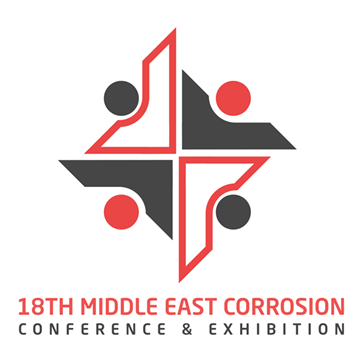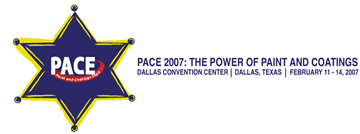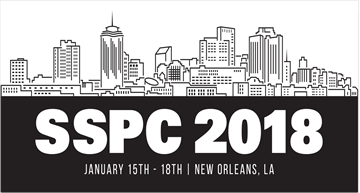Search
Individual Conference Papers
View as
Sort by
Display
per page
New Splash Zone Sulfur Containing Polyamidoamine Epoxy Type Coating
Product Number:
41208-403-SG
Publication Date:
2008
$20.00
New Super-Austenitic Grade Alloy 35Mo (UNS N08935) with Excellent Corrosion Properties for Refinery and Petrochemical Industry
Product Number:
MECC23-20125-SG
Publication Date:
2023
$20.00
New Synergistic Combination of Additives for the Localized Corrosion Prevention of Capillary and Umbilical Materials during Chemical Injection
Product Number:
51319-13058-SG
Publication Date:
2019
$20.00
New Technologies for Architectural Coatings
Product Number:
41207-328-SG
Publication Date:
2007
$20.00
New Test Method for Determining Wear Characteristics of Coating and Rod Guide Materials for Artificial Lift Applications
Product Number:
51319-12971-SG
Publication Date:
2019
$20.00
New Test Method for Measurement of Water-Soluble Corrosion Inhibitor Residual in Oil Samples for Low Water-Cut Oil System
Product Number:
51321-16344-SG
Publication Date:
2021
$20.00
New Test Requirement for Evaluating Temperature Resistance of Nonskid Coatings
Product Number:
51218-155-SG
Publication Date:
2018
$20.00
New Thermal Management Raw Materials Platform Gives Flexibility to Develop Next Generation Thermal Insulation Coatings (TIC) with Improved Performance
Product Number:
51324-20913-SG
Publication Date:
2024
$40.00
New Two-Stage Corrosion Protection System Extends the Life of Concrete Structures
Product Number:
51319-13011-SG
Publication Date:
2019
$20.00
New Ultra-Durable Anti-Corrosion Coating System For Steel Infrastructure in Extreme Environments
Product Number:
51323-19357-SG
Publication Date:
2023
$20.00
New Understanding on Calcium Carbonate Scaling Kinetics
Product Number:
51319-12935-SG
Publication Date:
2019
$20.00












